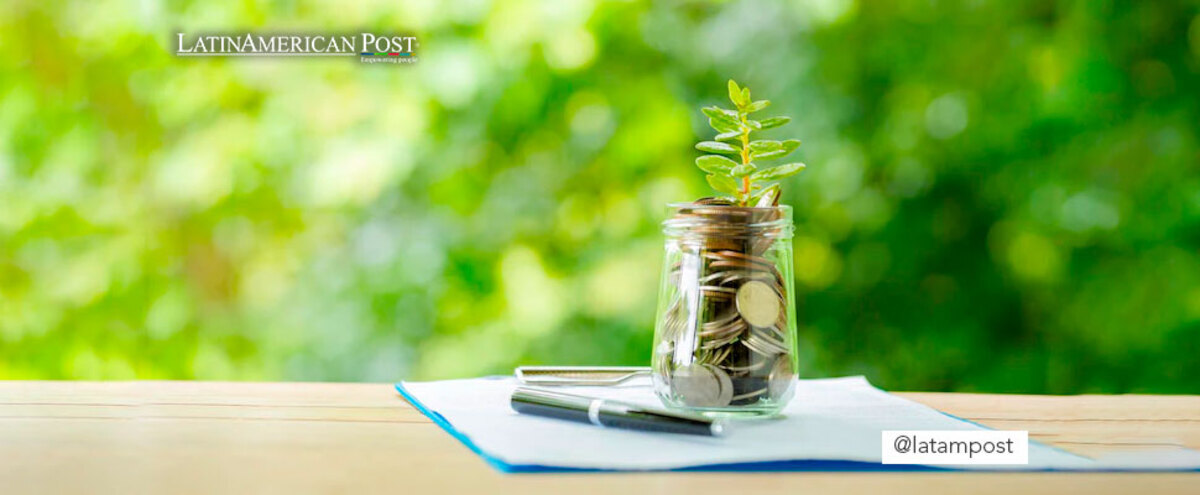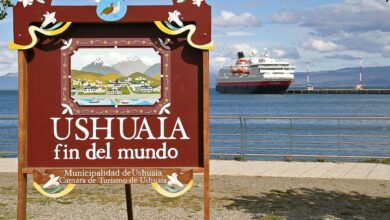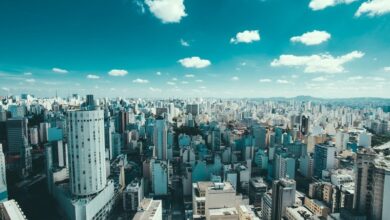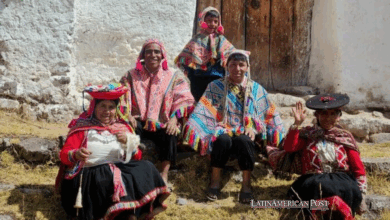Climate financing: widespread problem for Latin America at COP 27
The Conference of the Parties on Climate Change in its version No. 27, which takes place in Sharm El-Sheikh, Egypt, is reaching its final stretch. Many challenges still have no answer and time for negotiations is running out

Photo: Freepik
LatinAmerican Post | María Claudia Ramírez Pupo
Listen to this article
Leer en español: Financiamiento climático: problema generalizado para Latinoamérica en la COP 27
The eyes of the world are on the United Nations Conference on Climate Change (COP27), where delegates from 195 countries who confirmed their attendance in its 27th version are meeting. After more than a week after the talks began, proposals from Latin American leaders who arrived in Egypt with a work plan organized according to the needs of each nation have stood out.
A few days ago it became known that Latin America unified positions at COP 27. It was Argentina, in its capacity as Pro Tempore Presidency of the Community of Latin American and Caribbean States (CELAC), who presented a joint position document at the climate conference. Latin America is one of the regions of the world most affected by climate change. For this reason, the file contains thirteen key points that hope to be accepted and generate large-scale impacts. However, this does not imply that the countries are negotiating together since each one has its particularities and feels an individual position in the negotiations.
Regarding this, the Minister of the Environment of Colombia, Susana Muhamad, maintained that “we have to be united, even if we have disagreements. The document is a powerful first step.” Likewise, Cecilia Nicolini, Argentina's climate change secretary, mentioned that there was a lack of “greater twinning” between Latin America in the climate negotiations. "It is a shame that we do not negotiate together, it is something that cannot happen," added Nicolini.
For her part, Sandra Guzmán, coordinator of the Climate Finance Group for Latin America and the Caribbean, said that “Latin America has not been the center of the conversation and that is worrying regarding certain issues such as financing. That's why you have to position yourself."
Indigenous peoples are also present at COP 27 demanding immediate climate action and a fairer distribution of economic resources. According to a report led by the Rainforest Foundation Norway, indigenous peoples and local communities only received 1% of the resources that were allocated globally for climate action. “We are tired of funding going to indigenous foundations without indigenous people. All the money goes to pay consultants and the costs of refrigerated offices,” Yanel Venado Giménez, a member of the Ngabe-Buglé people and representative of the National Coordination of Indigenous Peoples of Panama (Conapip), told IPS.
Likewise, the UN stated that "money often does not reach those most affected by the climate crisis", adding that, in this COP 27, "countries must address how access can be facilitated through financing mechanisms international”. According to Eduardo Latorre, an official of the Economic Commission for Latin America and the Caribbean (CEPAL), to date, Latin America receives 22 billion dollars, but needs between 154 billion dollars and 198 billion dollars by 2030 for mitigation and adaptation. That is, between seven and nine times more than what it currently collects.
While the dialogue progresses, Latin American leaders such as Gustavo Petro, president of Colombia, who before traveling to Egypt sanctioned the law of the Escazú Agreement in the country, proposed creating a new international financial architecture that allows exchanging financial debt for climate action. Regarding this, experts affirm that it is a great step to put this issue on the table, but that there is still much work to be done between the public and private sectors and multilateral organizations to achieve a debt swap for climate action and that it can scale generating positive impacts for developing countries.
Nicolás Maduro, president of Venezuela, pointed out that his country "is responsible for less than 0.4% of the global emissions of greenhouse gases on the planet." In addition, he requested that the contributions to the "Climate Damage and Loss Financing Fund" be made so that they can present projects and obtain financing for the protection of the Venezuelan Amazon, as well as add clean energy sources to the national electricity supply network. And, Corina Lehmann, director of Environmental Affairs of the Argentine Foreign Ministry, told DiarioAR: “We did not come to ask for alms; We have come to position ourselves as a block that demands compliance with climate financing commitments following the principle of common but differentiated responsibilities”.
With the arrival, today of Luiz Inácio Lula da Silva, president-elect of Brazil, who promised in his campaign to "fight for zero deforestation", South America's request to create a large bloc to protect and restore the Amazon rainforest is reinforced, and to achieve more resources for the region. Amazon stores between 150,000 million and 200,000 million tons of carbon, according to a comprehensive assessment carried out by the Scientific Panel of the Amazon (SPA).
We suggest you read: Infographic: Living Amazon, a necessity for the future
In his first presidential speech, Lula da Silva mentioned that he would seek foreign investment aimed at combating climate change, to guarantee the protection of the Amazon region and the country's economic sector. The climate summit, which is in its final stretch, expects profound changes in environmental policy in the world between now and 2050, among others, in sectors such as energy, where decarbonized energy systems are expected; 80% of electricity is generated by renewable sources; 100% of the energy used comes from zero-emission sources, and that energy efficiency has drastically improved.




